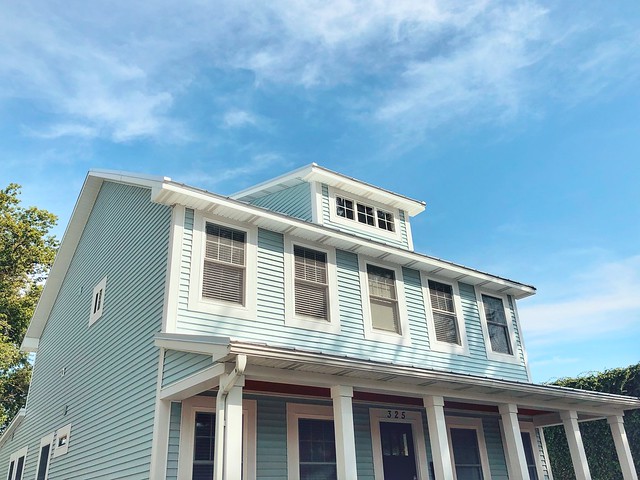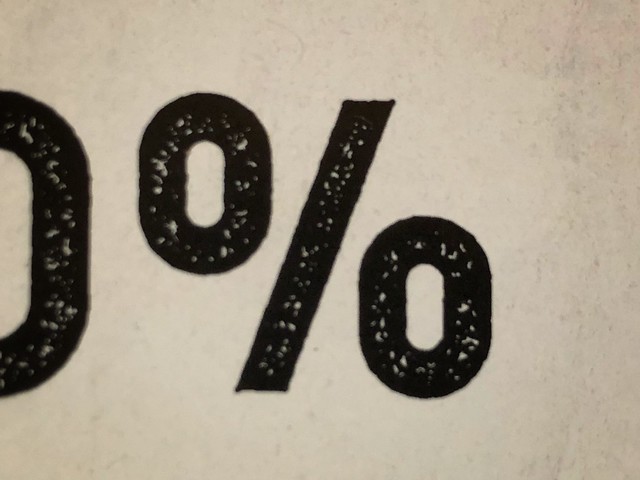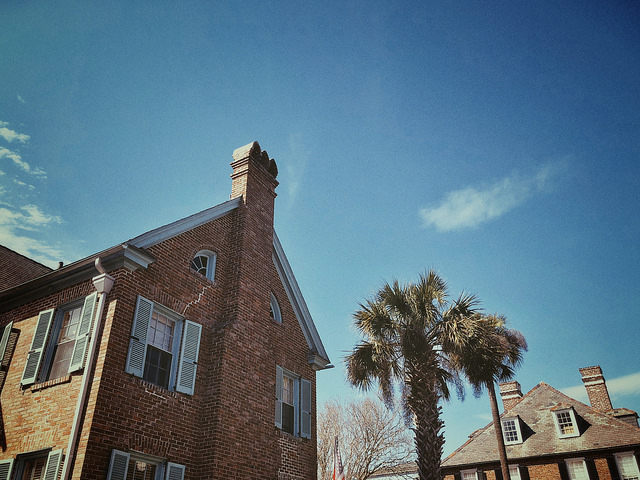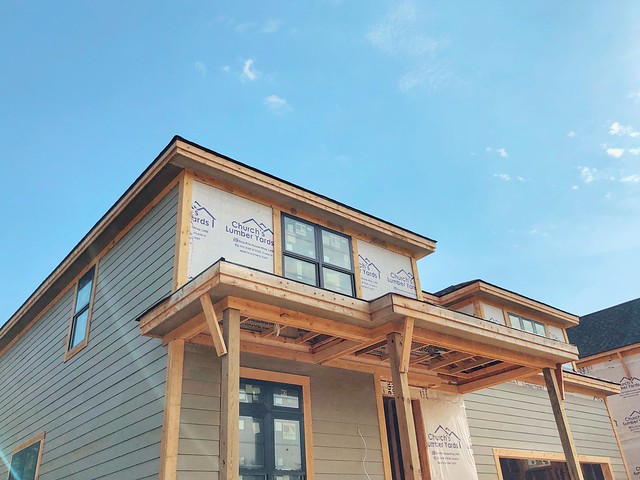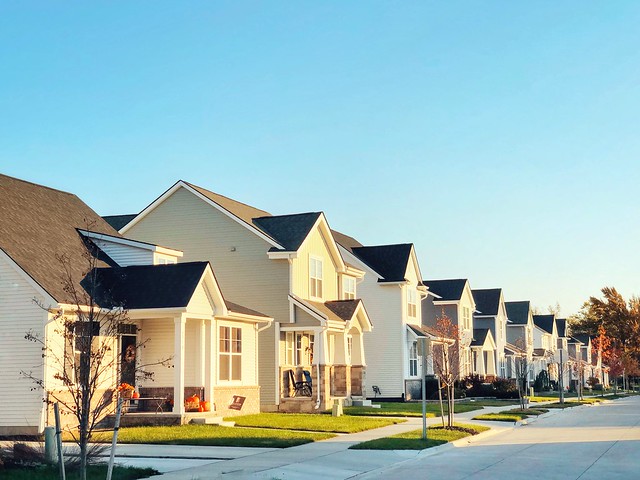The past several years have been tough for first-time home buyers. The inventory shortage that kept buyers fighting over too few homes for sale was particularly pronounced on the affordable end of the market. That meant, rising prices and few options for younger Americans looking to purchase their first house. These days, though, things seem to be turning around. For one, the share of first-time home buyers has spiked, from 37 percent of all buyers last year to 45 percent more recently, according to one new survey. What’s behind the improvement? For one, higher mortgage rates aren’t as much of a factor. Homeowners considering a move may hesitate because they locked in a better mortgage rate on their current home. First timers are more likely to be comparing their current rent payment to their prospective monthly mortgage payment. Younger buyers are also benefiting from the increase in available inventory. More homes for sale means better options, more time, and less competition – all of which may be contributing to the recent increase in active first-time buyers. (source)




